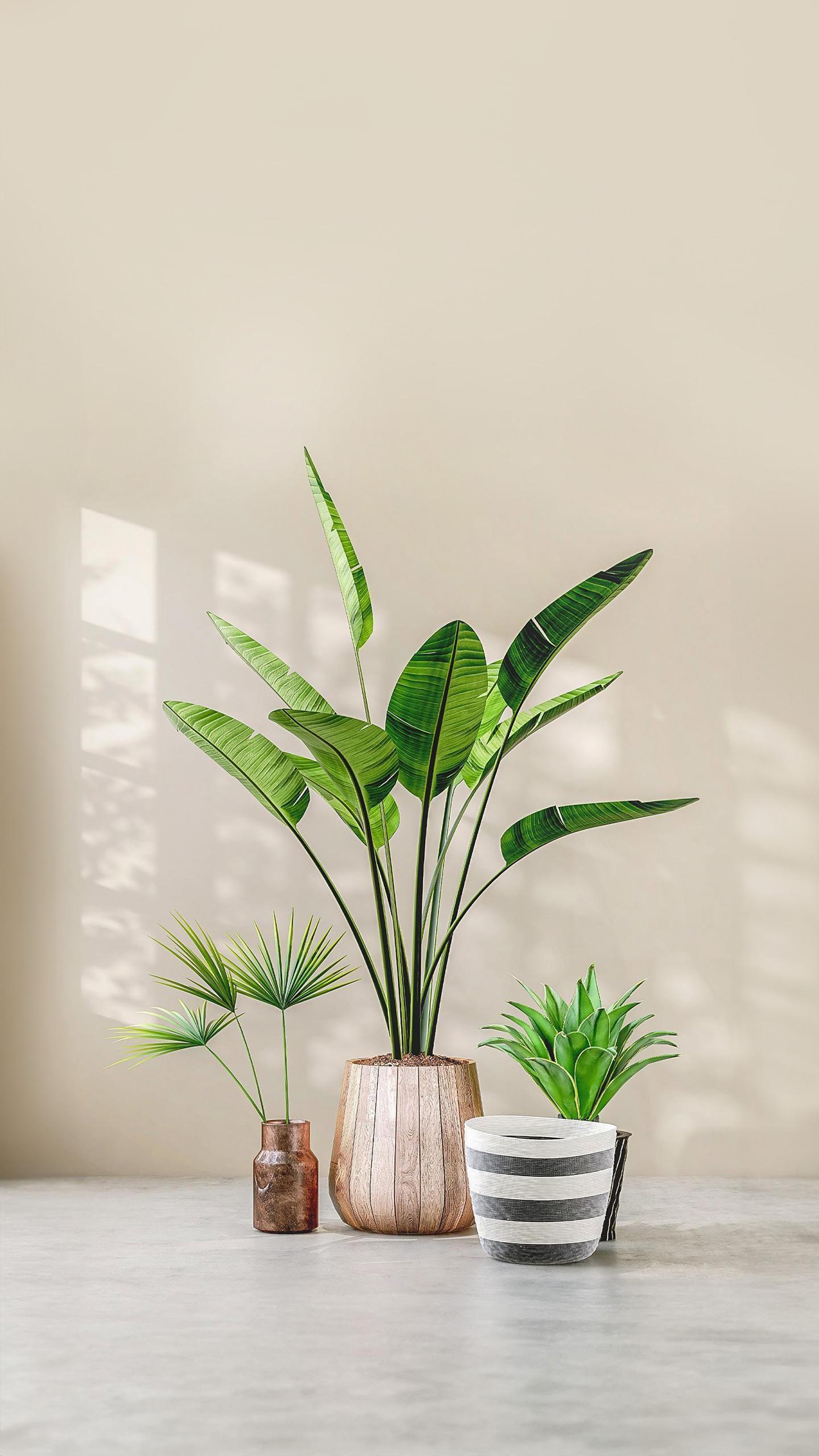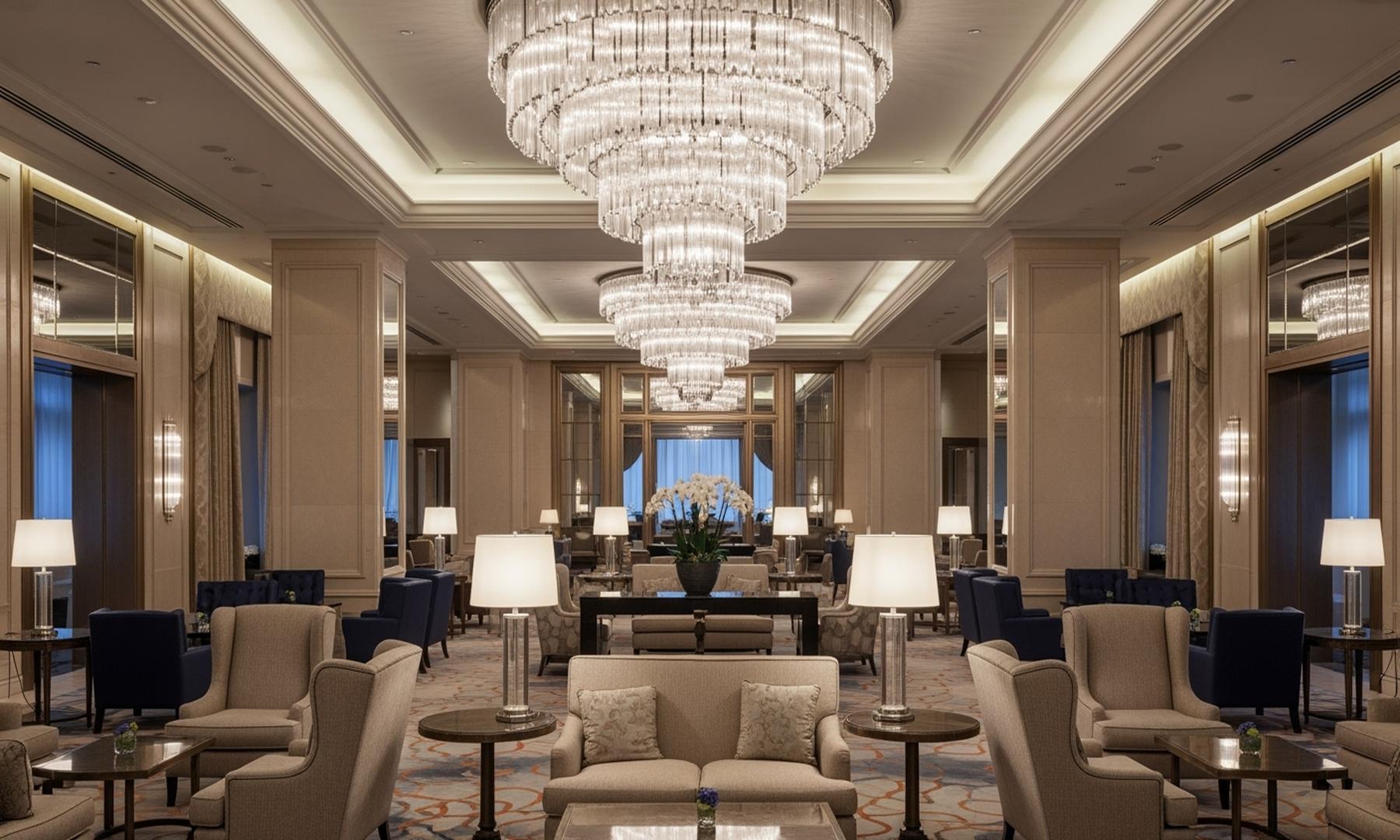What's Happening?
Experts in architecture and interior design have shared insights into identifying hidden rooms and secret spaces within homes. Isfira Jensen, CEO of Jensen & Co. Interiors, and real estate expert Jackie Coffey have highlighted several indicators that
may suggest the presence of concealed areas. These include unusually thick walls, misaligned doors, seamless cabinetry disguising secret doors, and uneven flooring. Such architectural quirks can often be the result of historical renovations or intentional concealment. The experts emphasize that while not every irregularity indicates a hidden space, a combination of these signs could suggest otherwise.
Why It's Important?
The discovery of hidden rooms can have significant implications for homeowners and real estate investors. For homeowners, uncovering these spaces can add value to their property by increasing usable space or providing unique features. For real estate investors, identifying such features can enhance the marketability of a property. Additionally, understanding the historical context of these spaces can offer insights into past architectural practices and the evolution of home design. This knowledge can be particularly valuable in the restoration and preservation of older homes, contributing to cultural heritage conservation.















